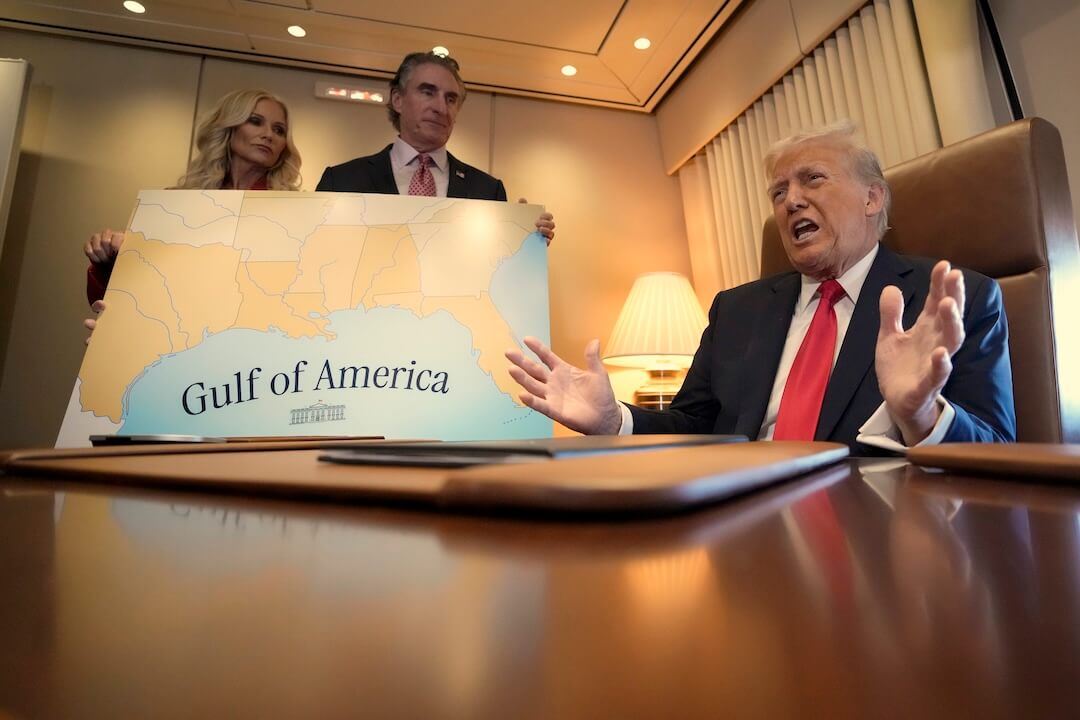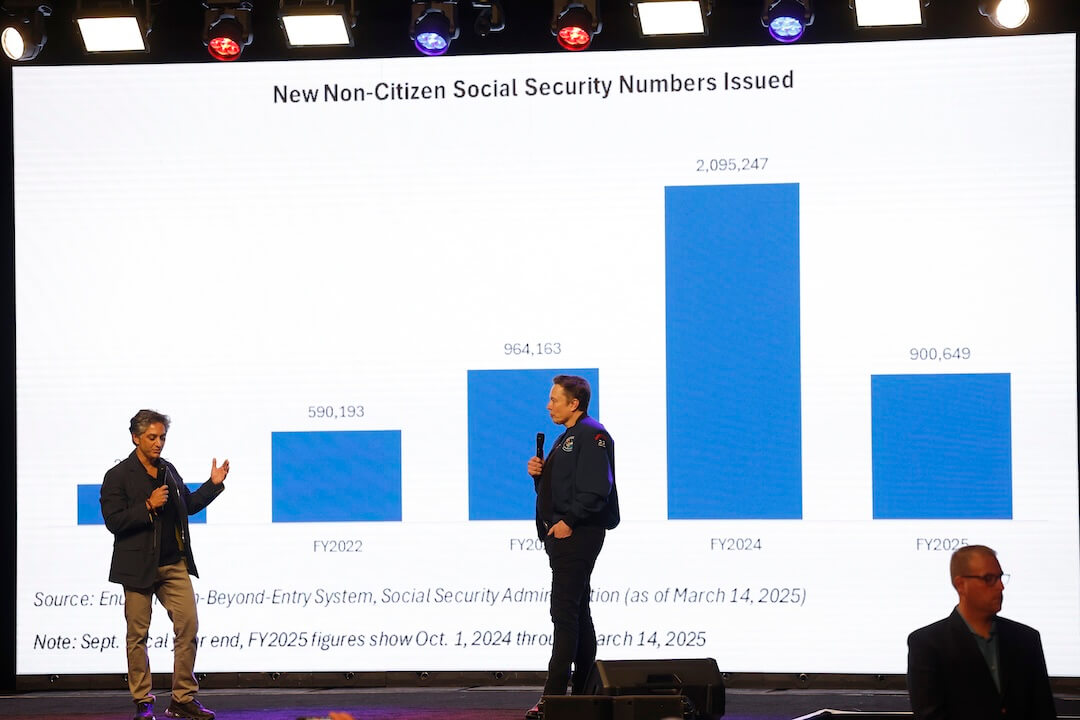As the media grappled to cover the aftermath of last month’s terrorist attacks, newspapers and broadcasting stations found themselves reporting on a differing culture, people and religion that too few Americans — and too few in the media — understood.
Reporters and editors scrambled to find experts to talk about the Muslim community. Producers and correspondents rushed to find scholars and theologians to talk about Islam. And amid a mounting backlash against Arab Americans, the media fanned out into unfamiliar communities to find Sikhs and others who had been targeted for hate and violence.
But some newspapers and television stations turned to their own newsrooms to find people who could talk about a community and culture that had suddenly become headline news. And because of diverse voices on their staff, they were able to produce riveting stories.
In Northern California, where the nation’s largest Afghan American community resides in Fremont, the Mercury News was able to assign reporters familiar with that community who could persuade sources to talk to them.
“For us, the challenge was understanding the connection between their home and what had been their home and tell readers about those connections and traditions,” said executive editor David Yarnold.
At the South Florida Sun-Sentinel, one of the three columnists sent by that paper to New York was a journalist born in New Delhi. She wrote about the impact of the Sept. 11 attacks on the city’s Chinatown district.
“I think it took someone with a different set of eyes to report on that,” said Sharon Rosenhause, the Sun-Sentinel’s managing editor.
And at WFLA-TV in Tampa, reporter Mark Douglas was able to contact sources in the Muslim community immediately after the Sept. 11 attack and showcase voices that news director Forrest Carr said were vital in providing perspective to a story fraught with the dangers of hysteria and misconceptions.
And for all three news organizations, the stories that were printed or aired blended stories of hate crimes with those of tolerance.
For Carr and the others, the value of a diverse staff was demonstrated in the weeks following the World Trade Center and Pentagon attacks. But the looming question now is how to maintain a diverse news staff — and gain the benefits of such diversity — in a time of hiring freezes and cutbacks.
“We’re going to have to get smarter and more sophisticated in empowering the diverse staff we do have,” Carr said.
The comments of Carr, Rosenhause and Yarnold were part of a luncheon discussion Thursday on news and race held at the Poynter Institute. Gathered were journalists, professors and representatives from the American Society of Newspaper Editors, the Newspaper Association of America, the Radio Television News Directors Foundation, the Maynard Institute and the Freedom Forum.
The discussion on “Diversity in the Time of Terrorism” revolved around the coverage of the attacks and their aftermath. But the talk also sought to answer the question of what may be forthcoming for diversity efforts in light of the economic hardtimes forecast for the coming year.
“I think nothing good is the answer,” said Yarnold, “and how bad it is depends on the numbers and the decisions we make.”
Tim McGuire, editor and senior vice-president of the Star Tribune of Minneapolis and president of the American Society of Newspaper Editors, echoed that somber view. “People right now have to go to the directory to find the definition of hiring. It’s almost a foreign concept,” he said, adding that while newspapers insist on their commitment to stories, there are “a lot of mixed messages” that could affect diversity in journalism.
Among those diversity benchmarks that some fear could be hampered is the ASNE’s long-stated goal for the percentage of journalists of color in newsrooms to reflect the country’s minority population. ASNE has set a goal of matching the national percentage of minorities, which it says is currently 30 percent, by 2025. Presently, minorities make up about 11.6 percent of newspaper newsrooms. Some 44 percent of newspaper newsrooms have no minorities.
But even in these harsh economic times, Diane McFarlin, publisher of the Sarasota Herald-Tribune, said that the “premium on diversity has gone up” because of all the coverage following the Sept. 11 attacks.
“People want to read about different cultures,” she said, and that’s what the media sought to do following the tragedy.
At her own newspaper, McFarlin said her staff met with the local Islamic society, as well as members of the Jewish community, in an effort to improve their coverage. “Essentially, it’s about conversation and learning about each other,” she said.
Other news organizations did the same in the days and weeks following the terrorist attacks. Rosenhause of the Sun-Sentinel said that a local professor helped educate reporters and editors on how to write the names of individuals with Arabic names while another expert on Islam came to brief the newsroom about religion, politics and culture.
But in the end, Rosenhause said, journalists have much to learn about this and other cultures. And that, she said, underscores not only the need for diverse voices in the newsroom but the willingness for everyone to learn about those who are different — well before they are thrust into the news.
“Most of us are woefully, horribly uninformed,” she said. “Even now. And we have to do something about it.”





